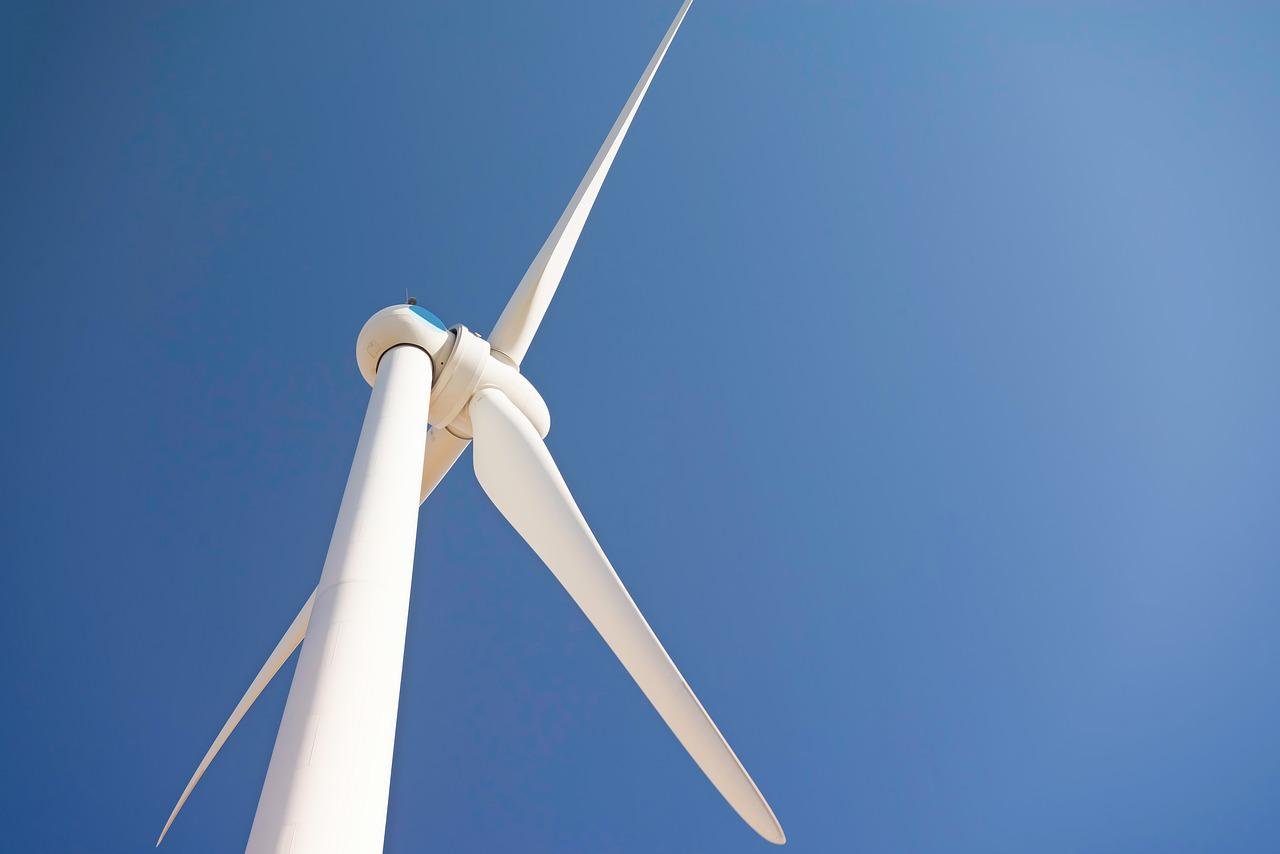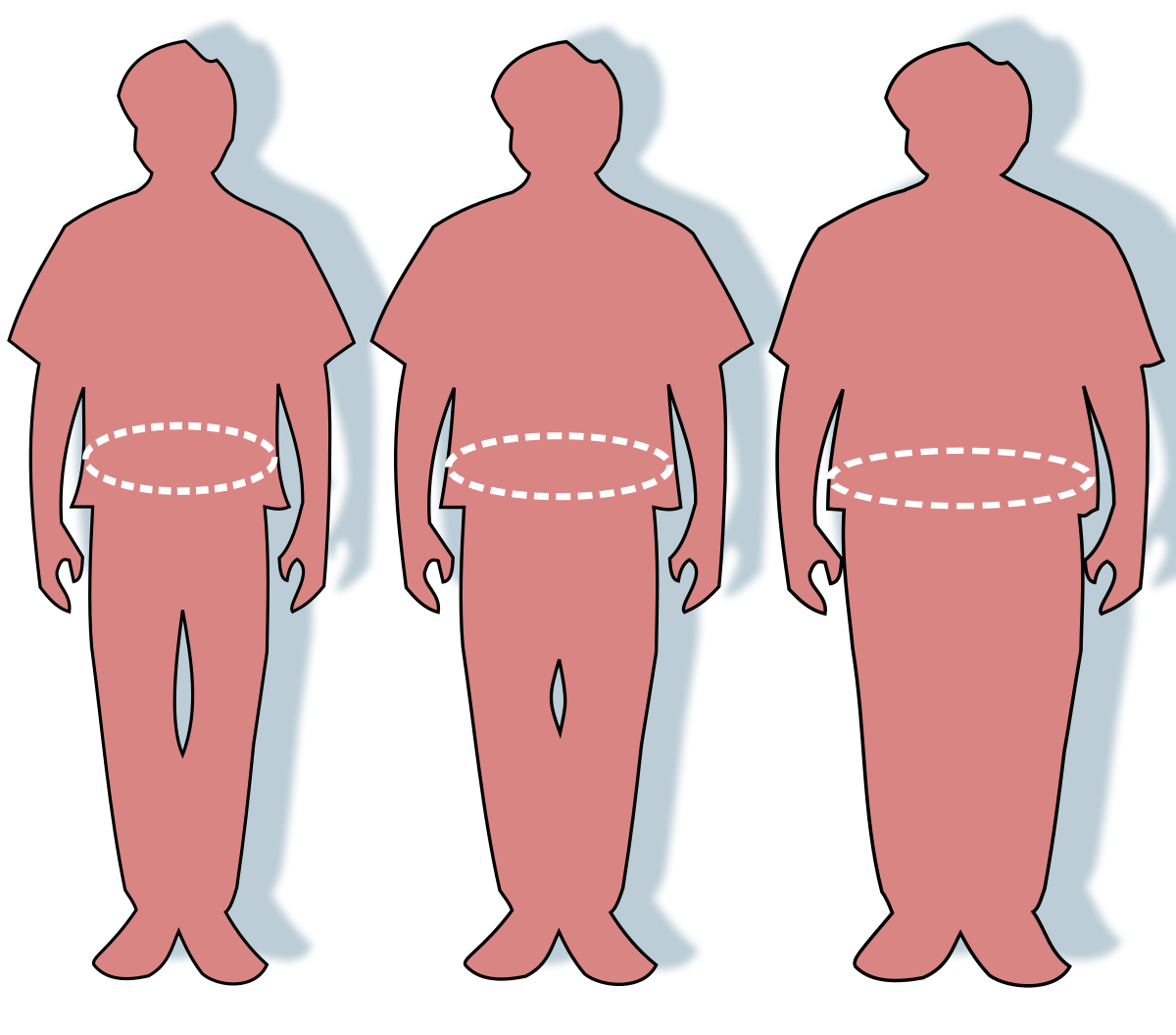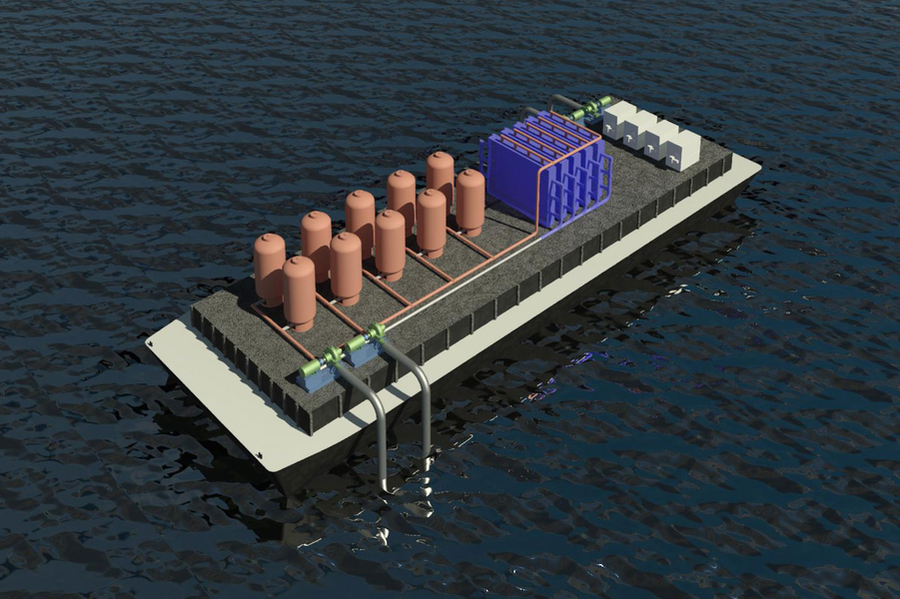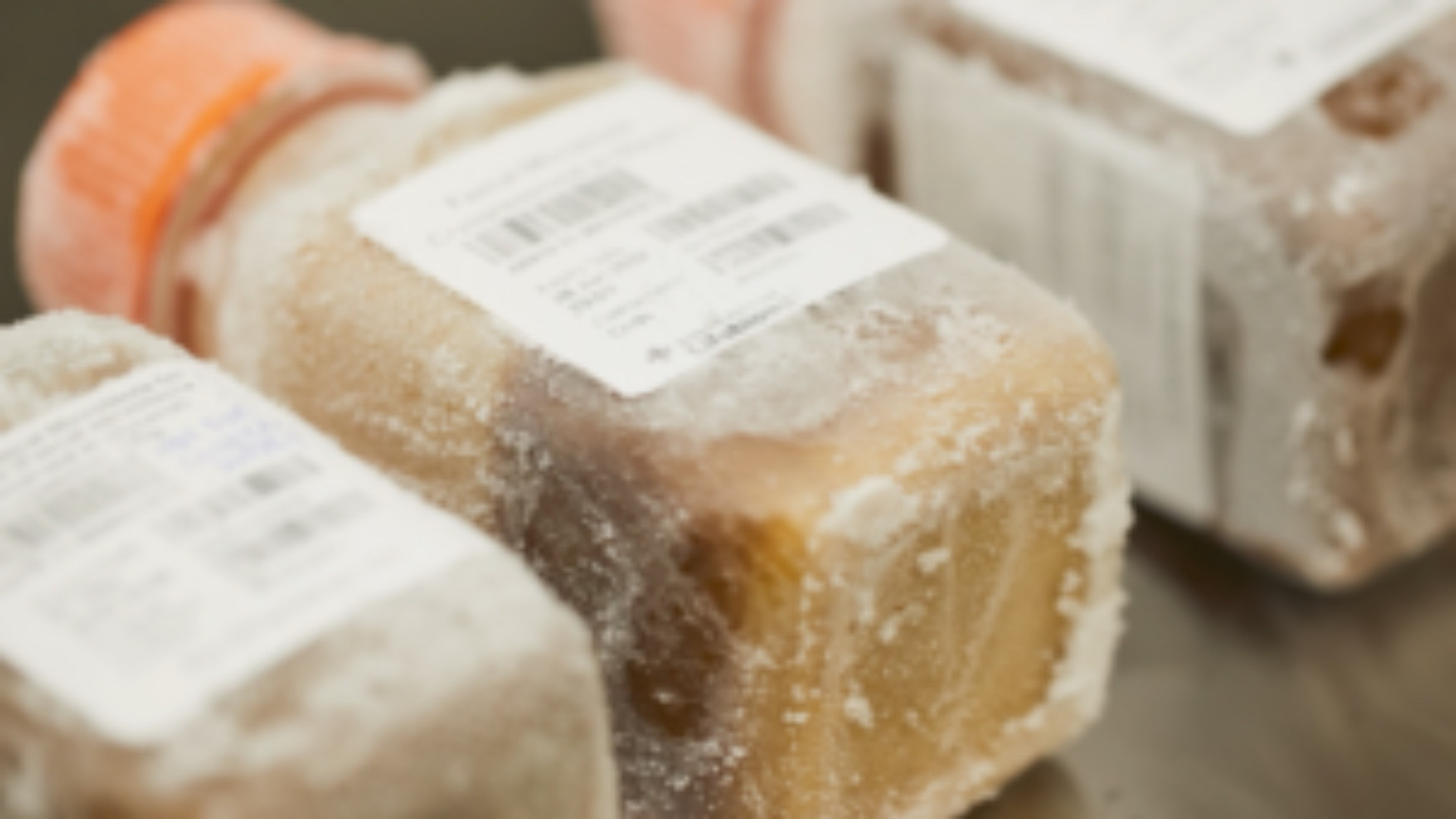Apart from the acquisition cost, the biggest hurdle in solar panel ownership and operation is maintenance costs, specifically, cleaning the panels from dirt and small dust particles. Not doing so quickly diminishes the energy generating performance of these otherwise excellent harvesters, as light is reflected away instead of reaching the converting elements.
The losses in about a month without cleaning are estimated to be about 30%, while a 150MW solar park would lose $200,000 in a year just by operating at 99%. Globally, a realistic 3% coverage of dirt and dust particles results in losses of about $3.3 billion in electric energy.
The already inadequate solution is regular water cleaning, estimated to consume 10 billion gallons (37.8 billion liters) of water per year, which corresponds to the annual water consumption of 2,000,000 people. Even when frequently cleaning the panels though, one cannot evade the massive losses at scale.
A team of researchers at MIT has presented an innovative high-tech solution to address this problem, using an array of electrodes to charge the dust particles on the panel and then apply an opposite charge to a transparent conductive layer deposited on the glass to repel them. Based on MIT’s tests, this solution works particularly well when the environment humidity is over 30%, but its performance drops when it’s drier than that.
Still, installations in most places could benefit from a timely application of the electric fields at the right moment and day and clean the panels even partially for very little energy. In fact, the system could operate entirely autonomously, storing the required energy on the premise and the array’s batteries, and then use a humidity sensor to send the activation signal at the right moment.
Should this system be rolled out globally and on a large scale, it would redefine solar panel operating and maintenance costs, simplify things, and ultimately accelerate the build-up of large solar parks and home installations.
How Engineers Clean Solar Panels From Dust Without Using Water
By: | April 5th, 2022
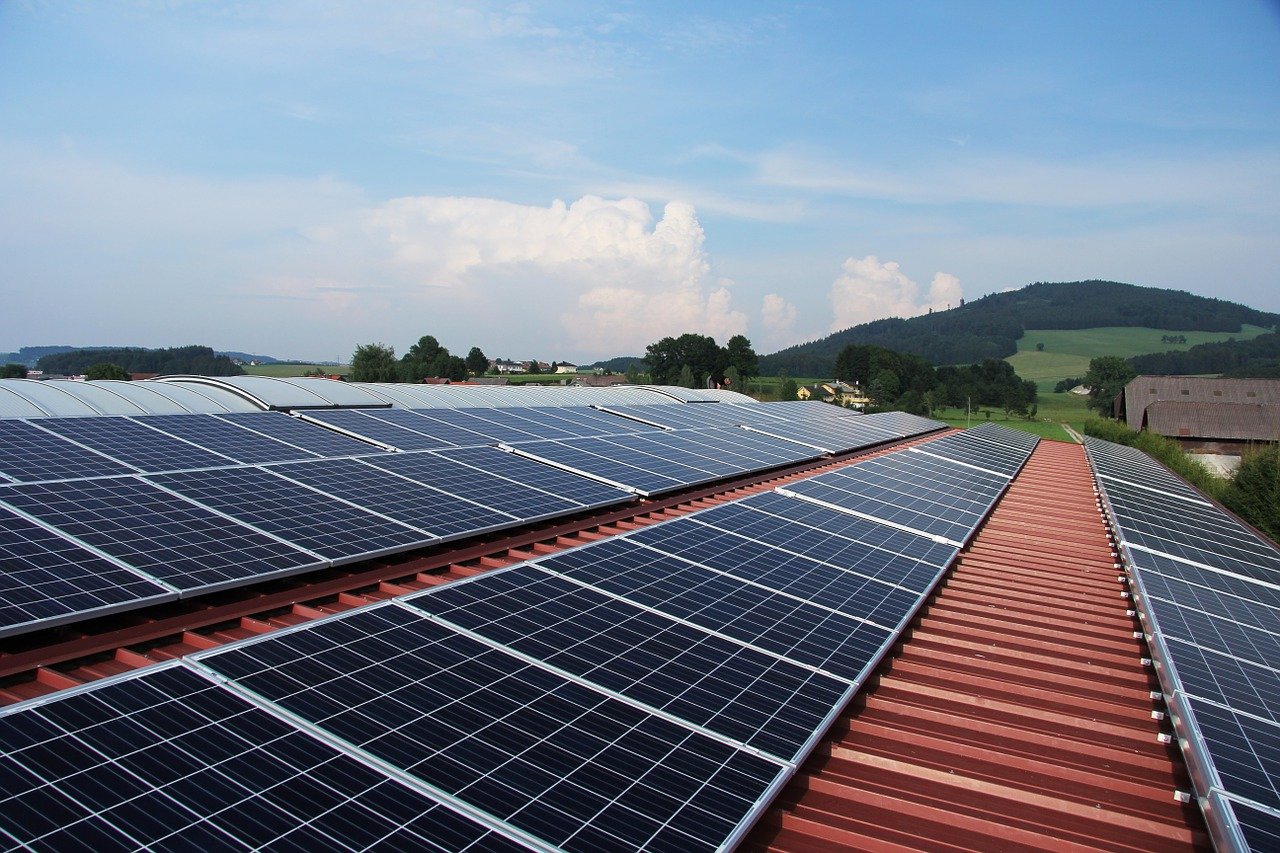
Image by schropferoval from Pixabay
More articles from Industry Tap...

